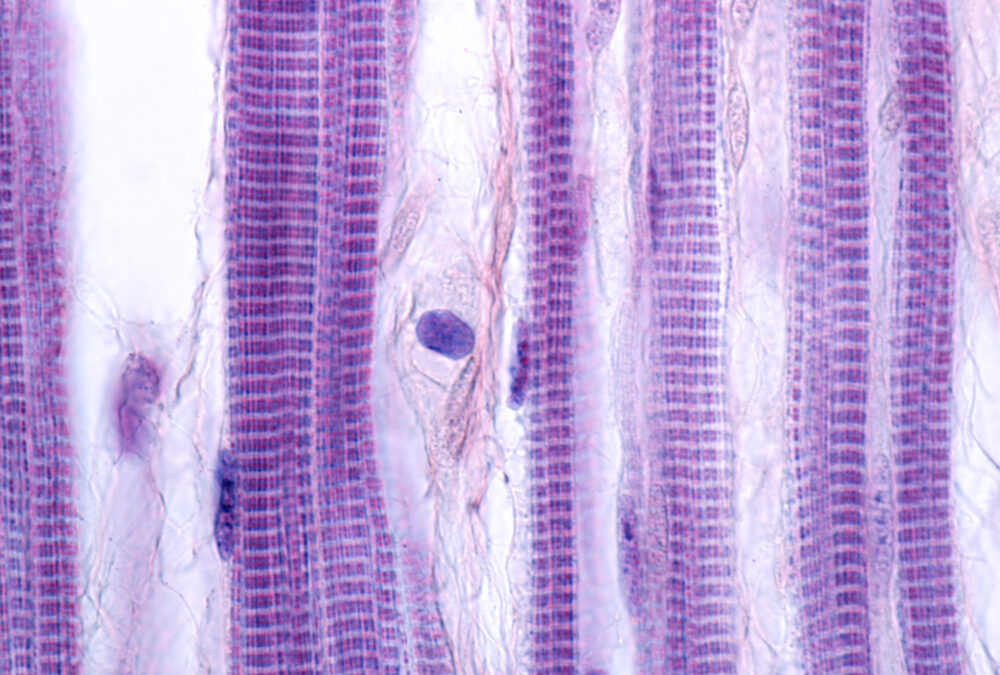In the pursuit of your fitness goals, having a plan in action will directly optimize your results for maximum efficiency and effectiveness. Whether your goal is building strength, enhancing endurance, or sculpting a lean physique. Understanding the different properties of muscle fibers is essential. By understanding the unique characteristics of different muscle fiber types and tailoring your workouts accordingly, you can achieve your fitness goals more efficiently and effectively. Whether you’re striving to improve endurance, power, muscle mass, or overall athleticism, this comprehensive guide equips you with the tools and techniques to elevate your performance and transform your physique.
The Basics of Muscle Fibers:
Muscle fibers are categorized into three primary types: Type I (slow-twitch), Type IIa (fast-twitch oxidative), and Type IIx (fast-twitch glycolytic). Each type possesses unique characteristics that influence its function and performance capabilities.
- Type I (Slow-Twitch): Type I fibers are characterized by their endurance capacity and resistance to fatigue. In the order of muscle fibers being recruited these are always recruited first before type II. These fibers are smaller in size compared to type II, but are surrounded by a greater number of capillaries which helps aid with the oxidative property for greater fatigue resistance. Activities such as long-distance running, cycling, and swimming heavily rely on Type I fibers.
- Type IIa (Fast-Twitch Oxidative): Type IIa fibers exhibit a balance between endurance and power capabilities. They can generate energy both aerobically and anaerobically, making them suitable for activities requiring explosive power and sustained effort, such as sprinting and jumping.
- Type IIx (Fast-Twitch Glycolytic): Type IIx fibers are optimized for rapid and powerful contractions but fatigue quickly. They primarily rely on anaerobic metabolism for energy production and are crucial for short bursts of high-intensity activities like weightlifting and sprinting.
Tailoring Exercises to Muscle Fibers:
In order to achieve your specific fitness goals, tailoring your workout to target specific fibers is very critical.
- Endurance – Type I (Slow-Twitch): Endurance activities such as walking, jogging and biking are easy ways to target the Type 1 muscle fiber. Exercises such as these engage the fibers over prolonged periods, improving endurance and stamina, as well as burning fat cells. Incorporating low intensity, long duration workouts such as aerobic activities and weight lifting with increased repetitions (12-15) and decreased weight (50-60% of 1RM) are a great way to maximize the recruitment of type I muscle fibers.
- Power and Explosiveness – Type IIa (Fast-Twitch Oxidative): To enhance explosive power and agility, focus on exercises that activate Type IIa fibers. High-intensity interval training (HIIT), plyometrics, and explosive resistance exercises are effective for stimulating Type IIa fibers and improving power output. Additionally, compound movements like squats, deadlifts, and Olympic lifts can further develop strength and power in these fibers.
- Muscle Hypertrophy – Type IIx (Fast-Twitch Glycolytic): For those aiming to build muscle mass and increase strength, targeting Type IIx fibers is essential. Resistance training with heavy weights (60-80% of 1RM) and moderate to high repetitions (6-8) is optimal for stimulating muscle hypertrophy in Type IIx fibers. Exercises targeting major muscle groups, such as bench presses, rows, squats, and deadlifts, are particularly effective.
Combining Training Modalities:
While targeting specific muscle fibers is important, incorporating a variety of training modalities into your regimen can yield even greater results:
- Cross-Training: Engage in cross-training activities that challenge different muscle groups and energy systems, promoting overall balance and athleticism. Activities like swimming, yoga, and functional fitness workouts can improve flexibility, mobility, and functional strength.
- Periodization: Implement a periodized training program that varies intensity, volume, and focus throughout different phases of training. This approach allows for targeted development of specific muscle fibers while preventing plateaus and promoting long-term progress. This method is very prominent in athletics with sports teams using periodization to yield results in time for competition and to prevent injuries from occurring. An example of this being implemented with a sports team is during the off season lifting heavier weight, achieving maximal lifts while not in competition segment. As time moves closer to their competition segment and into their season, their strength coach will start lowering the intensity and transition into maintenance and mobilization/rehab workouts.
- Nutrition and Recovery: Support your training efforts with proper nutrition and recovery strategies. Consume a balanced diet rich in protein, carbohydrates, and healthy fats to fuel muscle growth and repair. Prioritize hydration, quality sleep, and active recovery techniques to optimize performance and reduce the risk of injury. Athletes with different fitness goals will not only have a difference in their training regiment, but also their nutrition habits. Unlocking the power of macronutrients tailored to your specific training goals is a very important step. Your body is a motor and you need to fuel it with the right gas in order to make it to the destination.

